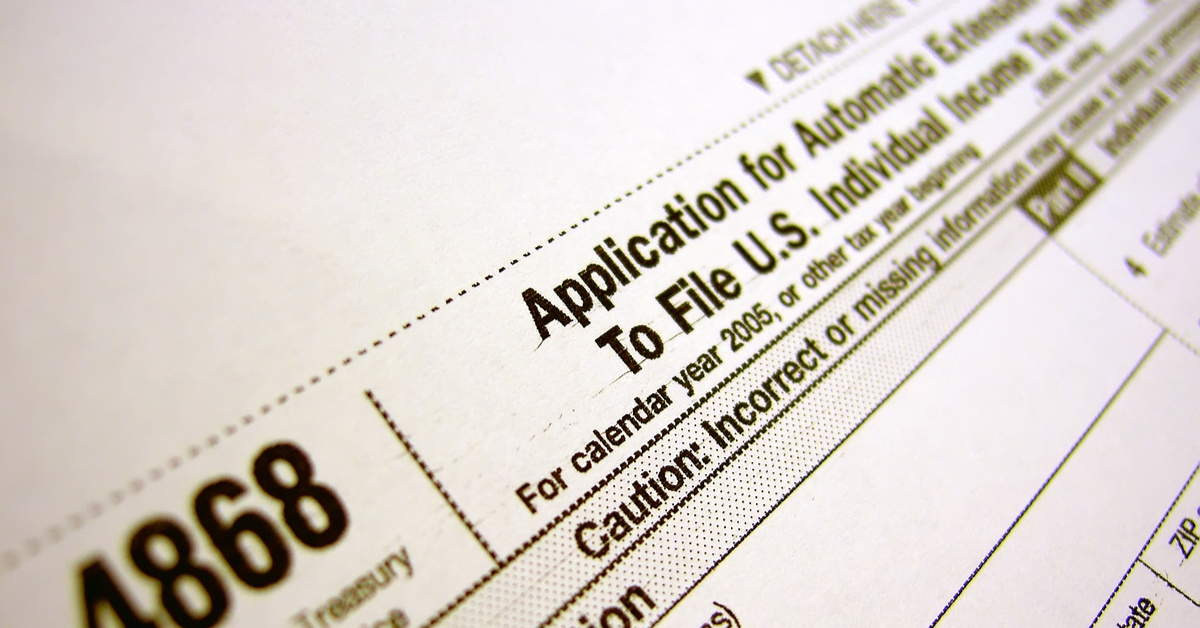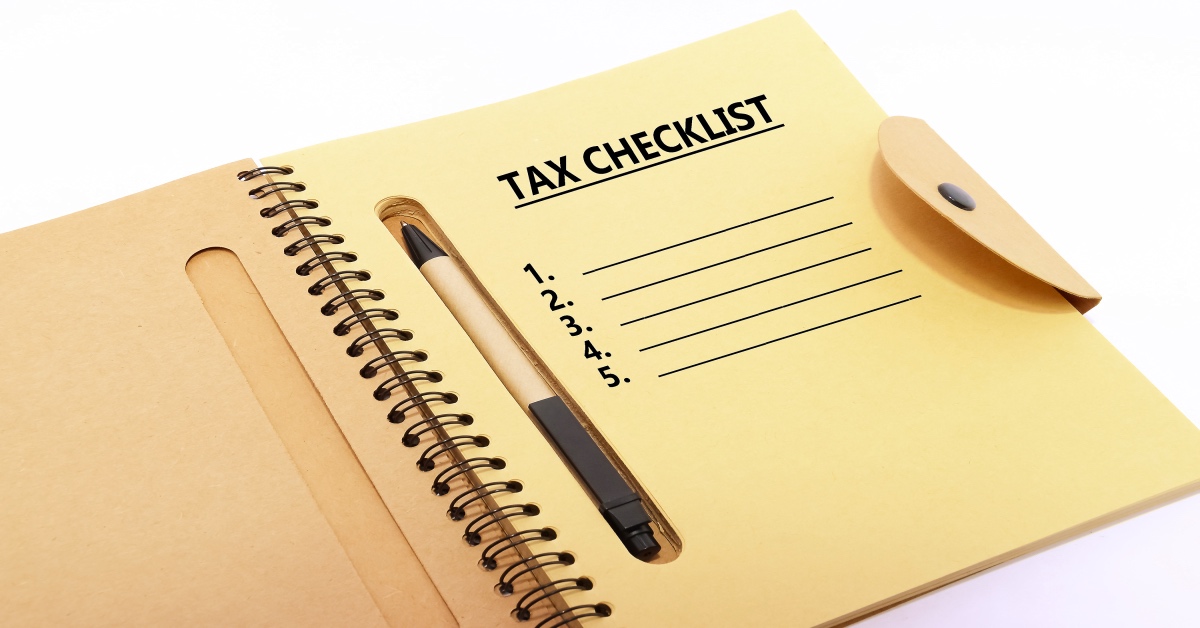
Starting your own business can be exciting but it calls for due diligence to ensure that you meet all the requisite legal and tax obligations. Although the federal and Utah tax codes can be daunting and confusing for anyone, it is vital that you learn how to prepare, process and file your taxes accurately for the sake of your business. Filing accurate taxes can not only keep you out of trouble with the law but also lower your tax burden if you claim the right deductions.
As you make plans to start a business in Utah, keep in mind that the type of business you operate will determine what taxes you pay.
Business Tax Statuses In Utah
Other than knowing the type of tax your business is likely to incur, you also need to research the different tax statuses you can choose when filing those taxes. Five of these are highlighted below:
Limited Liability Company (LLC) – In Utah, LLCs are considered pass-through tax entities and do not pay taxes on a company level. Instead, business profits and losses are passed on to individual LLC members who then pay the required state and federal taxes based on the amount they receive.
Partnership – If you decide to operate a partnership business, then your company will not be taxed on its net income. The business will be considered a pass-through entity so any income will flow through to individual partners who will then owe tax on the share they get.
Sole Proprietorship – Just like partnerships and LLCs, the income realized from a sole proprietorship business will be distributed to you as the sole owner. This will be regarded as personal income and you will have to pay and file individual state tax returns on it.
C Corporation – Starting a C corporation in Utah will have you incurring double taxation. The business will be subject to corporate income tax while shareholders will also be required to pay individual income tax on whatever revenue they receive from the company.
S Corporation – One way around the double taxation dilemma faced by a C corporation would be to establish an S corporation. The latter will be treated as a pass-through entity and your company’s shareholders will be responsible for paying and filing individual tax returns on their share of profits from the business.
Get The Right Assistance
It is advisable to engage the services of professional accountants before starting your own business. Their advice can prove invaluable in helping you to set up the right business structure as well as assisting you to get the most of your tax returns and possibly save some money in the process.
We at AA Tax & Accounting Services, LLC have vast experience in preparing, processing and filing business tax returns and we would be glad to help with yours. Contact us to learn more about this and other accounting services we offer.














